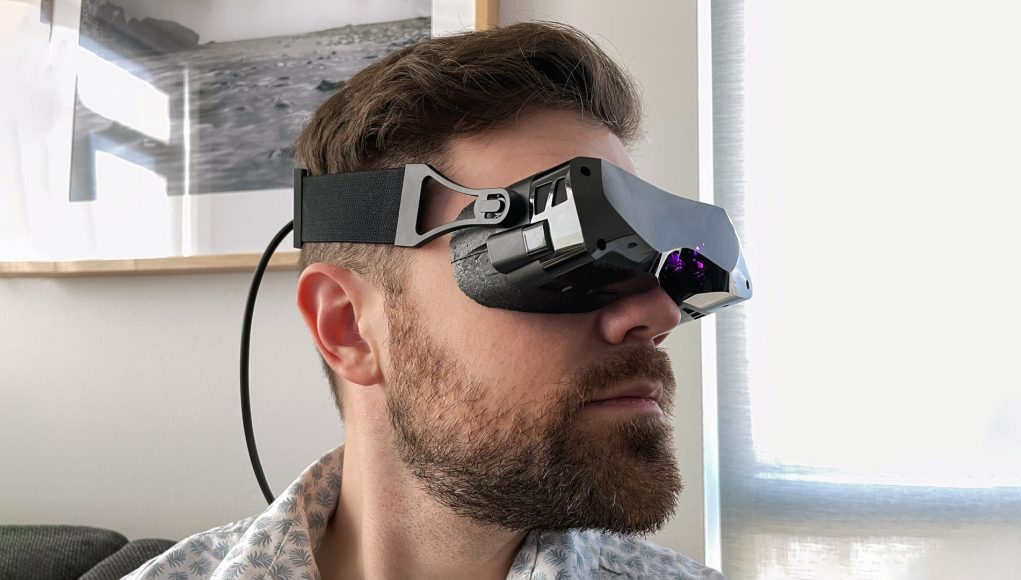Bigscreen Beyond, the slim and light PC VR headset from the creators behind popular VR app Bigscreen, is getting new optics in the production pipeline which the company says will feature improved field of view (FOV) and optical performance, as well as increased IPD range.
“Over the past few years, we have been continuously investing in research & development in VR optics for current and next-generation VR devices,” Bigscreen says. “Thanks to improvements to our optical elements, coatings, canting, and manufacturing processes, we are excited to announce several key optics breakthroughs that have improved field of view (FOV) and optical performance.”
Bigscreen says that while its new optics tech is now making its way to production, Beyond is still on track for a Q3 ship date for the first wave of customers in the United States.
Here’s the new features coming to all pre-order customers:
- Improved field of view, up to 102 degrees: FOV has been increased from ~93 degrees to 102 degrees. It’s said to beat the FOV of many headsets on the market today, including Meta Quest 2, HP Reverb G2, and Varjo Aero.
- Improved sweet spot, glare, and optical performance with 32 PPD: Various optical characteristics such as clarity and sweet spot have improved. Lens artifacts such as glare have been reduced as well. Pixels per degree is now officially 32 PPD.
- Increased IPD range, to 55mm to 72mm: Now available in 18 different IPD sizes from 55mm to 72mm. The optical design features a large eye box that allows users to comfortably use the headset even if the headset is not their exact IPD. Bigscreen says Beyond accommodates people with a physical IPD of 53mm to 74mm to comfortably use the headset.
The company says its optical improvements critically don’t come at the expense of angular resolution (PPD) or stereo overlap, the latter of which is similar to that of Valve Index. Notably, Bigscreen says all Beyond customers will note an improved FOV except those with a 70mm-72mm IPD due to physical size limitations.
Bigscreen Beyond is set to launch sometime in late 2023, with its baseline version priced at $1,000. The company is now taking pre-orders.
To learn more about Bigscreen Beyond, check out our hands-on back in March that talks about the headset’s specs, displays, custom facial interfaces, form-factor, as well as some of the criticisms the company hopes to address with its latest optical tech.







